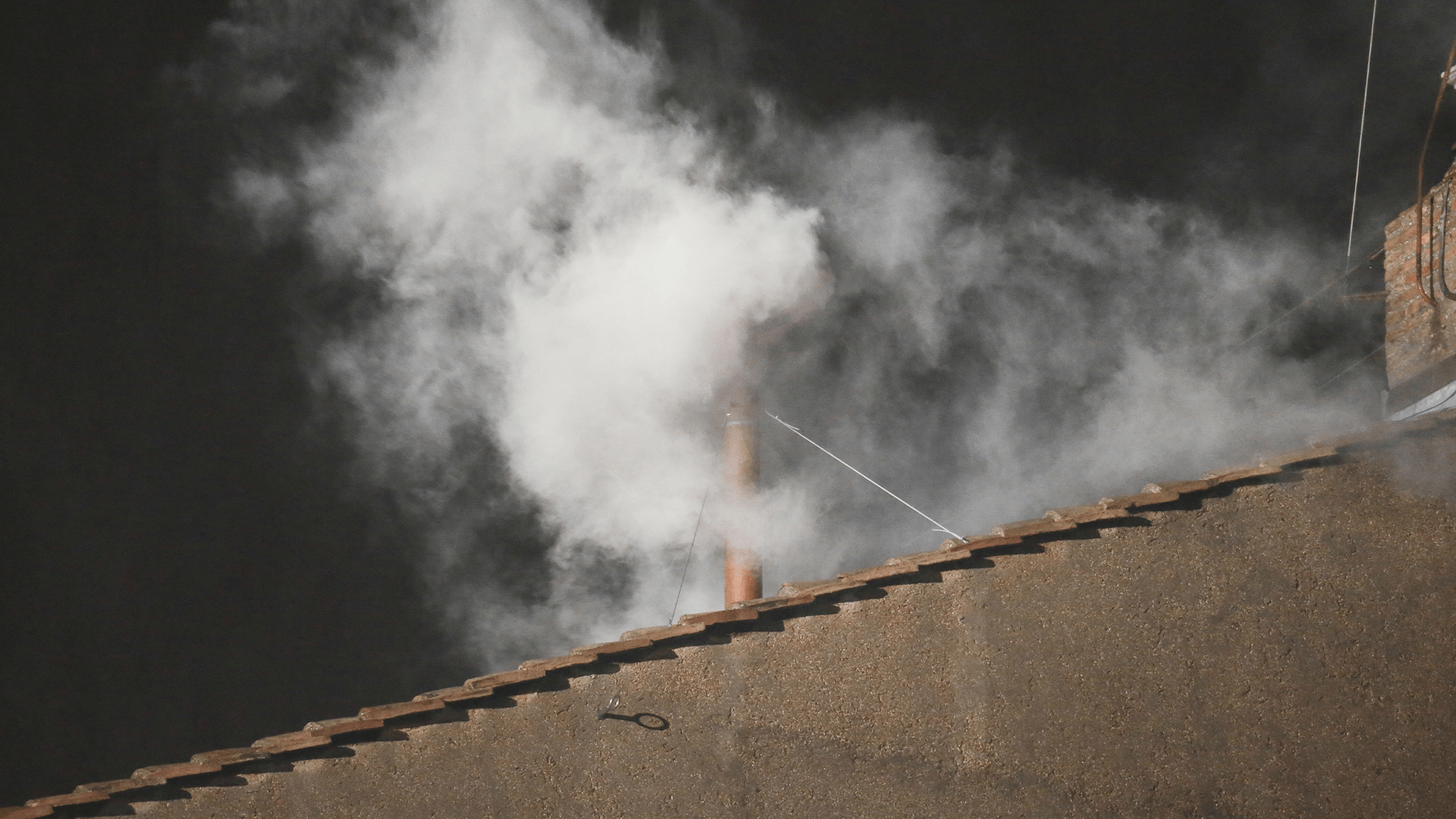Burning Questions: Why Some Smoke And Some - Crystal Clear

The Colorful Science Behind Papal Conclave Smoke Signals
When the world turns its eyes to the Vatican during a papal conclave, one of the most anticipated moments is the emergence of smoke from the Sistine Chapel's chimney. But have you ever wondered about the fascinating science behind the different smoke colors that signal the election's progress?
The smoke's color is carefully orchestrated through a precise chemical process. When cardinals cast their votes, special chemicals are added to the burning ballots to create distinct visual signals. Black smoke indicates that no pope has been elected, while white smoke dramatically announces the selection of a new pontiff.
The Chemistry of Smoke Signals
The black smoke, or "fumata nera," is created by adding a special mixture of chemicals that produce a dark, dense smoke. Conversely, the white smoke, or "fumata bianca," results from a different chemical composition that generates a lighter, more translucent plume.
This centuries-old tradition of smoke signaling transforms a simple voting process into a moment of global anticipation, where color becomes a universal language of communication. Each puff of smoke carries the weight of centuries of ecclesiastical tradition, capturing the imagination of millions around the world.
So the next time you watch the Vatican chimney during a conclave, remember that those swirling clouds of smoke are more than just a visual spectacle—they're a carefully choreographed scientific communication method steeped in historical significance.
